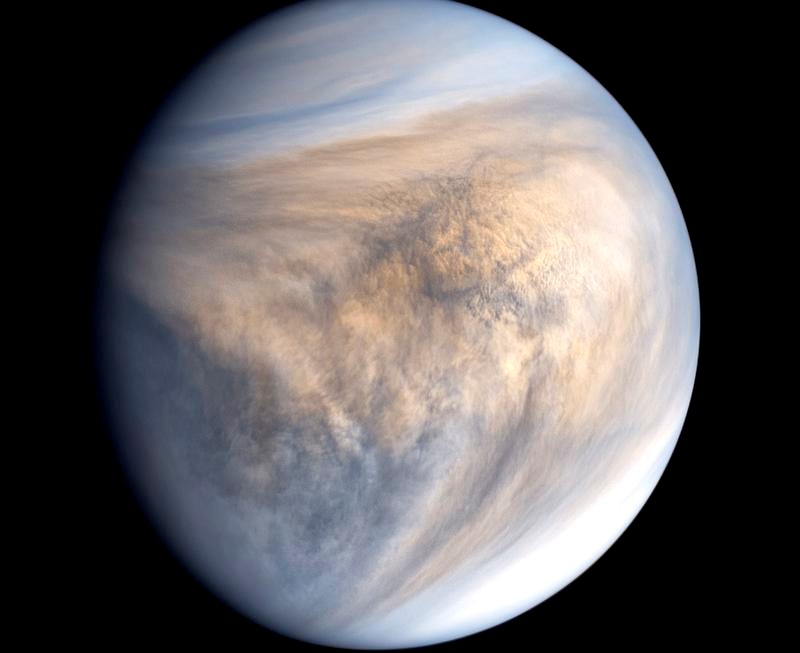Free Courses Sale ends Soon, Get It Now


Free Courses Sale ends Soon, Get It Now



Source: Hindu
Disclaimer: Copyright infringement not intended.
Context
Details
Historical Water Content
Reasons for Water Loss
Mechanisms of Water Loss
Two primary processes contribute to the water loss:
Key Findings
About Venus
Basic Facts:
Physical Characteristics:
Atmosphere
Surface
Geological Features
Orbital and Rotational Dynamics:
Orbit
Rotation
Exploration:
Early Observations
Space Missions
Future Missions
Venus in Culture:
Sources:
|
PRACTICE QUESTION Q. Consider the following statements about Venus: 1. Venus has a thick atmosphere primarily composed of carbon dioxide. 2. Venus rotates on its axis from east to west, opposite to most planets in the Solar System. 3. The surface temperature of Venus is lower than that of Mercury, despite being farther from the Sun. Which of the above statements is/are correct? A. 1 only B. 1 and 2 only C. 2 and 3 only D. 1, 2, and 3 Answer: B. |
© 2024 iasgyan. All right reserved